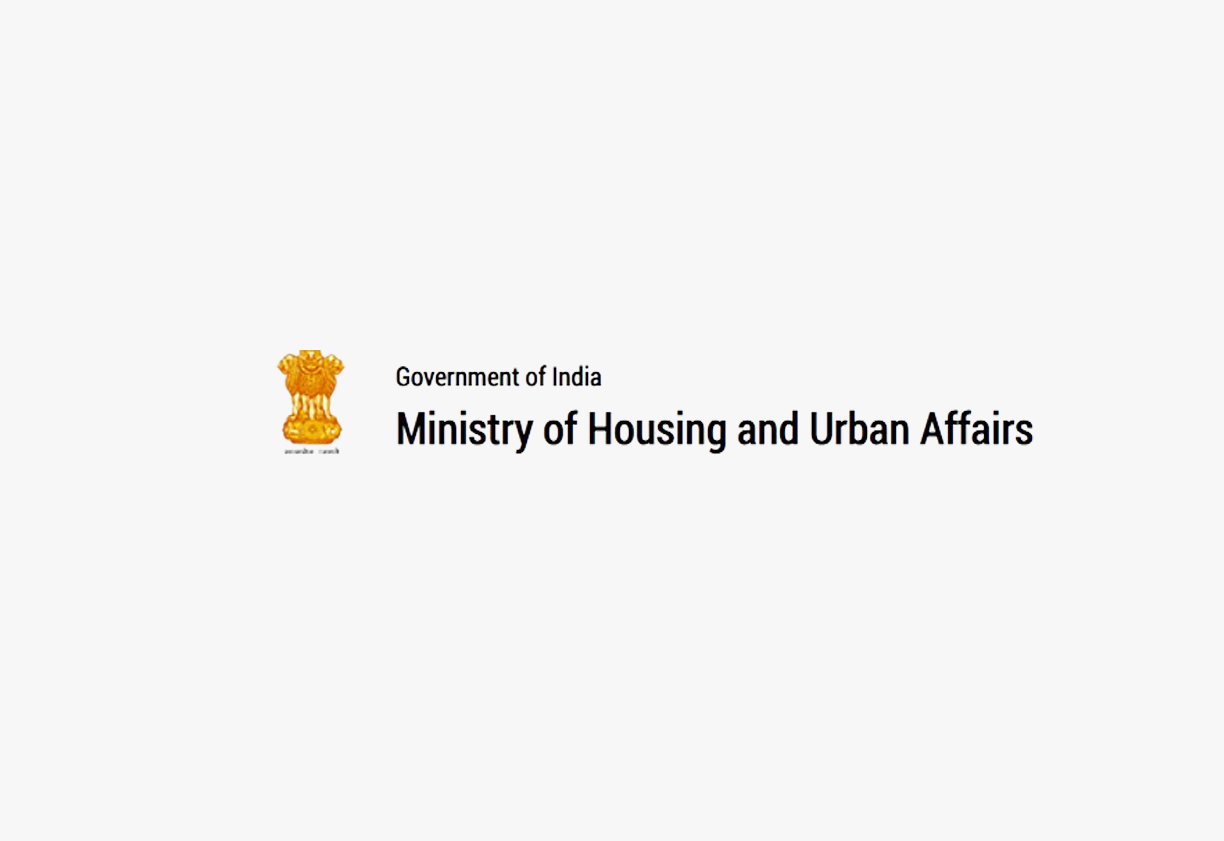Ministry of Housing and Urban Affairs
The Indian Tramways Act, 1886, was enacted to facilitate the construction and regulate the operation of tramways in India. The act outlines the procedures for obtaining authorization, constructing, maintaining, and managing tramways.
1: Act Background and Ministry Under Which This Act Is:
The Indian Tramways Act, 1886, was enacted to facilitate the construction and regulate the working of tramways in India. This act aimed to provide a legal framework for the development and operation of tramway systems, which were a common mode of transportation at the time. The act falls under the administrative purview of the Ministry of Railways, which oversees the implementation and enforcement of regulations related to tramways. The ministry plays a vital role in ensuring the safe and efficient operation of transport infrastructure.
2: Enactment Date, Number of Chapters, Number of Sections:
The Indian Tramways Act, 1886, was enacted on 12th March, 1886, and is known as Act No. 11 of 1886. The act is structured into 46 main sections. While the act does not have formal chapters, it is organized into several sections that cover various aspects such as preliminary matters, orders authorizing construction, construction and maintenance, traffic regulations, licensing, discontinuance, insolvency of promoters, purchase of tramways by local authorities, rules, offences, settlement of differences, recovery of tolls, and miscellaneous provisions. The act has been amended over time to reflect changing requirements.
3: Act Governed By:
The Indian Tramways Act is governed by the Central Government, which has the power to make rules and regulations under the Act. The act also provides for the involvement of local authorities and road authorities in the regulation and management of tramways. The Act is governed by the provisions outlined within it, as well as rules and regulations framed by the Central Government. It is therefore a combination of local and central authority.
4: On Whom It Is Applicable:
The provisions of the Indian Tramways Act are applicable to local authorities, road authorities, promoters, lessees, licensees, and any person or entity involved in the construction, operation, or use of tramways in India. The act ensures that all such entities and individuals adhere to the regulations outlined, as well as the Act’s mandate and guiding principles. The general public are indirect beneficiaries of the Act’s provisions. The act’s focus is to regulate tramway systems.
5: Penalties/Punishments:
The act prescribes various penalties for non-compliance and offenses, including:
-
Failure to Comply with Act or Order: Failing to comply with the act or any order made under it can lead to fines.
-
Obstruction: Obstructing a promoter in the exercise of their powers attracts a fine.
-
Interference with Tramway: Interfering with or damaging a tramway attracts a fine.
-
Evading Tolls: Evading payment of proper tolls can lead to fines. The act’s focus is to ensure compliance and prevent misuse of tramway systems.
6: Important Pointers:
-
Authorization Process: The act outlines the process for obtaining authorization to construct tramways.
-
Rights and Responsibilities: It specifies the rights and responsibilities of promoters, lessees, and licensees of tramways.
-
Toll Collection: It regulates the collection of tolls and specifies the conditions for levying charges.
-
Safety and Maintenance: It provides for the inspection of tramways and the maintenance of roads.
-
Discontinuance: It outlines the procedures for the discontinuance of tramways.
-
Insolvency: It addresses the procedures in case of insolvency of a promoter.
-
Rule-Making Power: It empowers the Central Government to make rules for carrying out the purposes of the act.
-
Dispute Resolution: It provides mechanisms for resolving disputes between promoters, lessees, and authorities. The act is a comprehensive effort to regulate tramway systems.
7: Act Copy:




